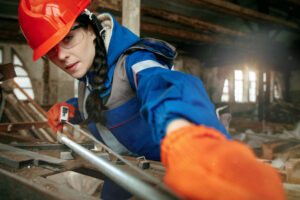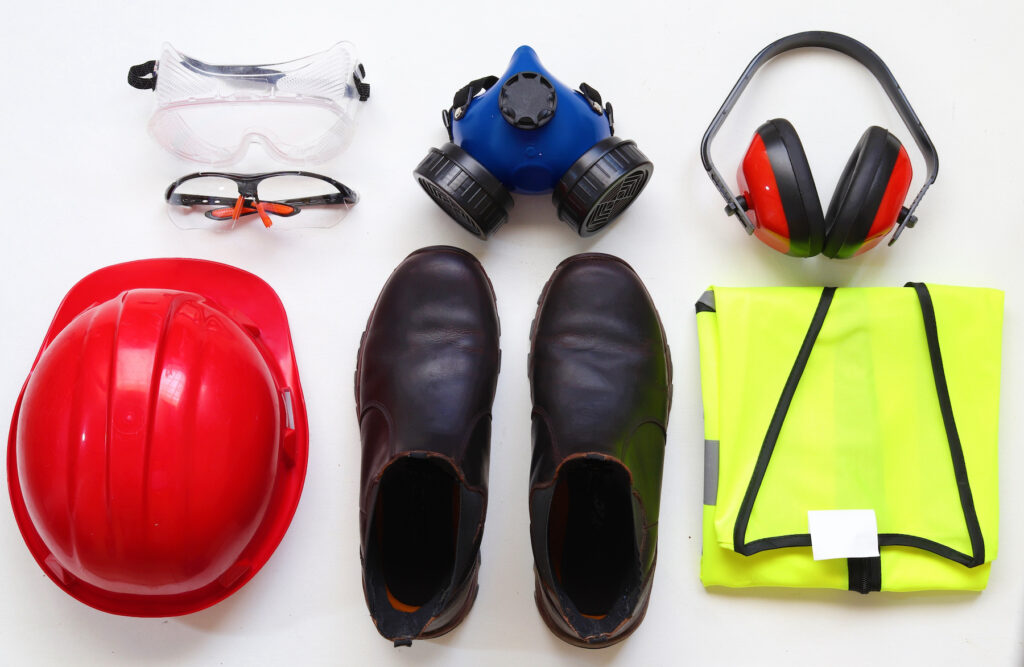
Safety should always be a top priority in any workplace. Whether you work in construction, manufacturing, healthcare, or any other industry, ensuring the safety of employees should be a primary concern. Not only is it a legal requirement, but it also has numerous benefits for businesses and their employees.
Firstly, promoting safety in the workplace can help prevent accidents and injuries. This not only protects employees from harm but also reduces the risk of legal action against the business. Workplace accidents can result in lost productivity, increased insurance premiums, and damage to a company’s reputation. By implementing safety measures and providing employees with the necessary training and equipment, businesses can significantly reduce the likelihood of accidents and the associated costs.
Secondly, safety measures can improve employee morale and job satisfaction. When employees feel safe in their work environment, they are more likely to be engaged, productive, and committed to their jobs. A safe workplace also demonstrates that the company values and cares about its employees, which can improve retention rates and attract new talent.
Finally, promoting safety in the workplace can help businesses comply with regulations and standards set by government agencies and industry bodies. Compliance with these regulations is not only a legal requirement but also a demonstration of a business’s commitment to social responsibility and ethical practices.
So, how can businesses promote safety in the workplace? There are several key steps that companies can take to create a safer work environment:
Conduct Regular Safety Audits
Regular safety audits can help businesses identify potential hazards and areas for improvement. These audits should be conducted by a qualified safety professional and should include a review of policies and procedures, inspections of equipment and machinery, and interviews with employees. The results of the audit should be used to develop a comprehensive safety plan that addresses identified risks and outlines specific actions to be taken to mitigate those risks.
Provide Adequate Training
Training is essential to ensure that employees understand the risks associated with their jobs and know how to perform their tasks safely. This training should be provided to all employees, including new hires, and should be updated regularly to reflect changes in policies, procedures, and equipment. In addition to job-specific training, employees should also receive training on emergency procedures and first aid.
Invest in Quality Equipment
High-quality equipment and machinery are essential to ensuring the safety of employees. This equipment should be regularly inspected and maintained to prevent malfunctions and accidents. When selecting equipment, businesses should consider the specific needs of their employees and ensure that the equipment is appropriate for the job at hand.

Encourage Employee Participation
Employees are often the first to identify potential safety hazards in the workplace. Encouraging employee participation in safety programs and initiatives can help identify these hazards early on and prevent accidents from occurring. Businesses should provide a forum for employees to share their concerns and ideas for improving safety in the workplace.
Make Safety a Priority
Finally, promoting safety in the workplace requires a commitment from all levels of the organization. Business leaders should lead by example, demonstrating their commitment to safety through their actions and words. Safety should be a key consideration in all business decisions, from hiring and training to purchasing and equipment selection.
In conclusion, safety is a critical component of any workplace. Promoting safety not only protects employees from harm but also has numerous benefits for businesses, including increased productivity, improved morale, and compliance with regulations. By conducting regular safety audits, providing adequate training, investing in quality equipment, encouraging employee participation, and making safety a priority, businesses can create a safer work environment for everyone.





